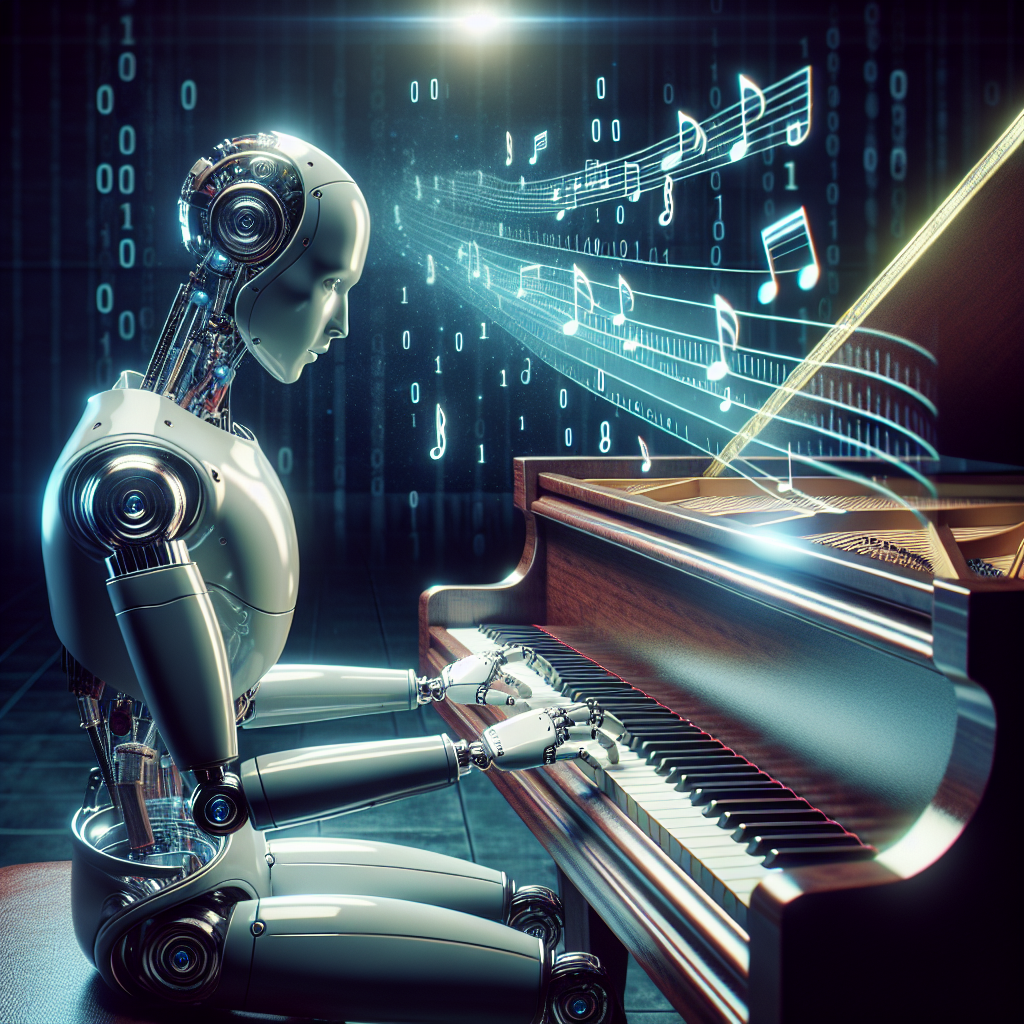In recent years, advancements in artificial intelligence (AI) have significantly impacted various sectors, from healthcare to finance, with one of the most fascinating developments occurring in the field of music. This raises an intriguing question: Can machines genuinely create music that resonates emotionally? This exploration goes beyond basic algorithms, uncovering the emotional tapestry that forms the foundation of musical composition.
The Meeting Point of AI and Music
AI models, particularly those utilizing machine learning, are capable of analyzing extensive musical datasets, discerning patterns, styles, and structures. AI systems like OpenAI’s MuseNet and Google’s Magenta are able to compose original works that emulate human styles across genres, from classical to modern. They break down music into its mathematical elements, identifying chord progressions, rhythms, and melodies.
The Emotional Resonance of Music
Music is often seen as a universal language, able to evoke a broad spectrum of emotions—joy, sorrow, nostalgia, and hope. The emotional depth of a piece typically arises not only from its structure but also from the subtleties of human experience it conveys. Human composers craft music based on personal narratives, cultural details, and emotional states. When we listen, we connect profoundly to these emotions, a feat that can be difficult for machines to replicate.
AI’s Perspective on Emotion
While AI can analyze and replicate emotional indicators in music, it does not possess true feelings. For example, it can recognize musical elements statistically associated with certain emotions—like using minor keys to evoke sadness—but it does not actually “experience” sadness. The emotional effect of music heavily relies on the artist’s intent, background, and life experiences. While AI-generated music may be technically adept, it prompts an ongoing debate: Can it evoke emotion in the same way as music crafted by humans?
Examples of AI-Generated Music
-
AIVA (Artificial Intelligence Virtual Artist): AIVA is crafted to produce emotional music for films, video games, and commercials. It employs deep learning to analyze existing pieces and generate original scores. Some of AIVA’s compositions have been performed by professional orchestras, leading to questions about the line between human and machine creativity.
- OpenAI’s Jukebox: This model generates music directly from raw audio, capable of producing songs across various genres, complete with lyrics. Its output showcases a fusion of styles and moods; yet, the lingering question remains—does it comprehend the emotional weight behind poignant lyrics, or is it merely a sophisticated imitation?
Collaboration Between Humans and AI
Interestingly, many musicians are starting to see AI as a collaborator rather than a rival. For example, artists may utilize AI-generated compositions as a foundation, infusing their emotional insights into the tracks. This collaboration opens up a fascinating landscape where AI acts as a catalyst for creativity, serving as a tool rather than overshadowing the human element.
The Future of Emotion in AI-Driven Music
As technology evolves, the focus is likely to shift from AI solely generating music to enhancing human emotional expression through music. Future innovations may enable systems to assess listeners’ emotional reactions in real time, thus adapting compositions accordingly. This evolving interplay could yield an immersive musical experience, pushing beyond the limitations of current methodologies.
Conclusion
Although AI can produce music that appears emotionally resonant, the essence of music remains a distinctly human endeavor. The ability for profound emotional expression is intricately linked to personal experience and cultural context—elements that AI, at this stage, cannot authentically replicate. Nevertheless, the future may invite promising collaborations between humans and machines, leading to groundbreaking forms of musical expression that redefine our understanding of creativity and emotion in art.

